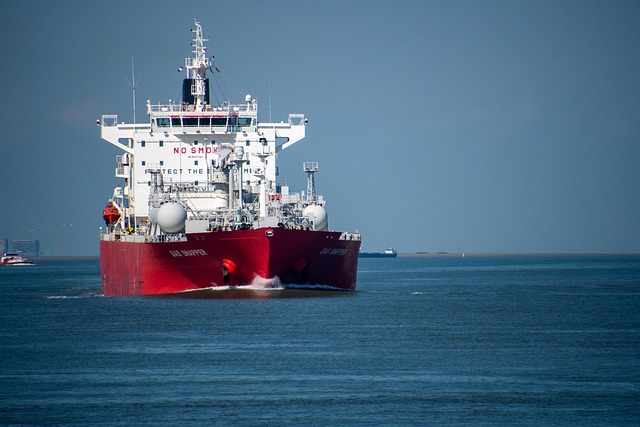As our planet heats up, the environment responds in ways we once only imagined in disaster movies. Glaciers recede, permafrost thaws, and extreme weather patterns carve new realities into our landscapes. Amidst these changes, one less visible but deeply concerning danger is rising with the temperature: waterborne diseases.
Water has always been a source of life, but in a melting world, it can also become a vector of illness and death. As climate change accelerates the melting of ice and snowpacks, new and ancient pathogens trapped in frozen landscapes are being released into water streams. What was once locked away in glaciers is now entering rivers, lakes, and reservoirs — the same sources communities rely on for drinking water, agriculture, and fishing.
The environment, already under siege from deforestation, pollution, and overpopulation, struggles to cope with this microbial influx. Warmer temperatures mean that bacteria, viruses, and parasites thrive for longer periods, increasing the likelihood of widespread outbreaks. Cholera, typhoid fever, and other diseases associated with contaminated water are no longer confined to the Global South — they are becoming a reality in regions previously considered safe.
Imagine that after a powerful storm—now more frequent in our shifting climate—a community’s sanitation infrastructure is overwhelmed. Floodwaters mix with sewage, carrying microscopic threats into homes and communities. It’s not just the water we drink, but food irrigated with tainted water and even recreational waters that become hazardous zones.
Climate change is not an abstract concept for scientists and politicians to debate. It’s personal. It’s in the flood that destroyed your neighbor’s house. It’s in the boil water advisory in your town. It’s in the moment your child suffers from a mysterious illness after a carefree swim.
If we continue to ignore the relationship between the melting world and waterborne diseases, we will leave ourselves vulnerable to escalating public health crises. The changes in our environment are a call for a deeper understanding of the invisible dangers lurking in our water — a call that becomes more urgent with every passing melt season.



